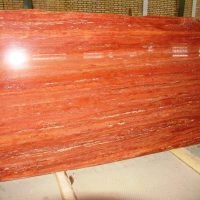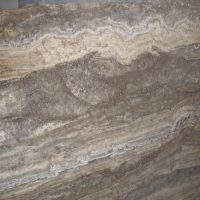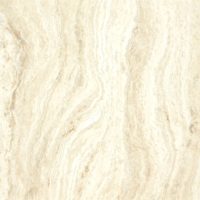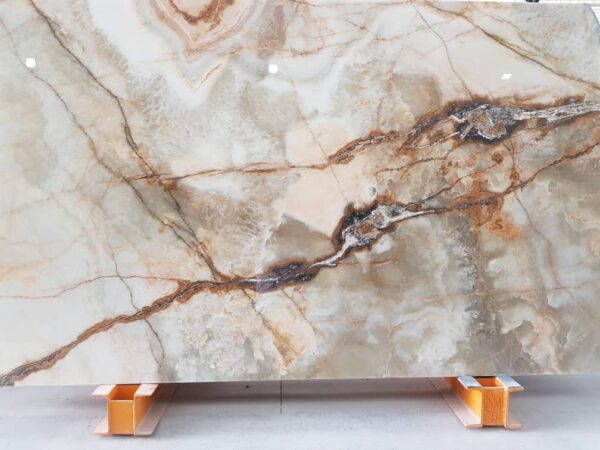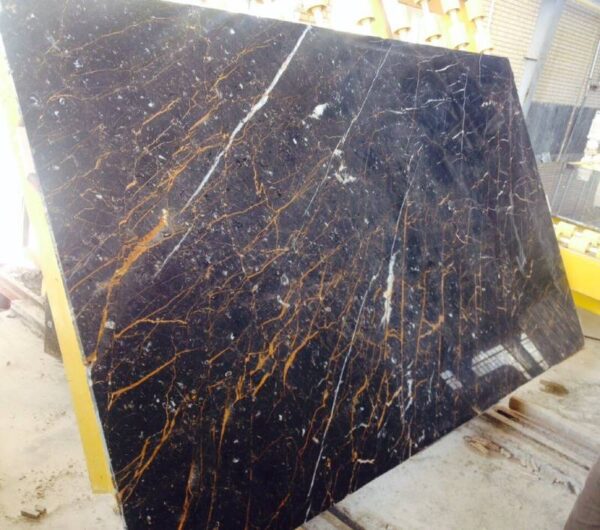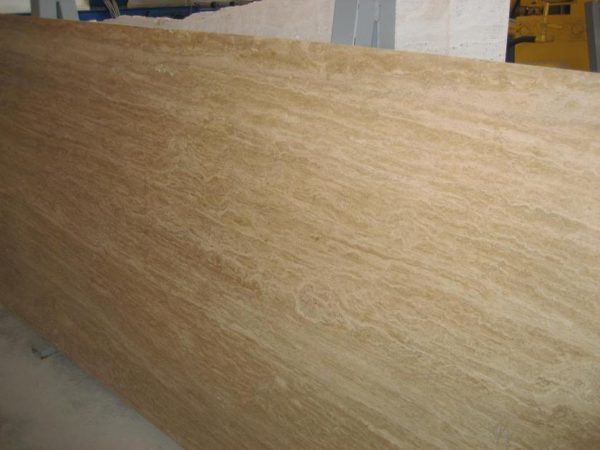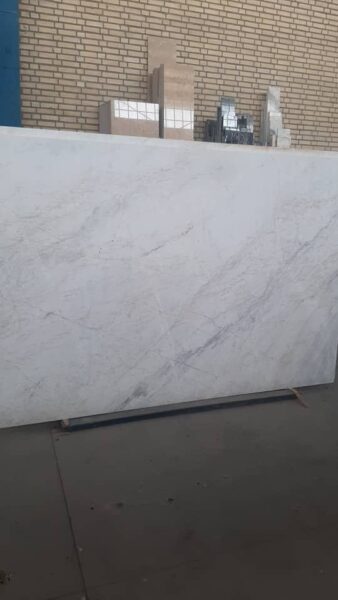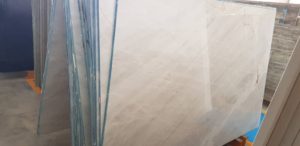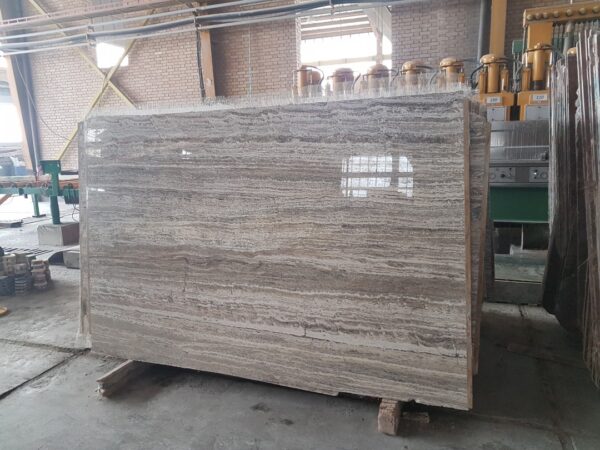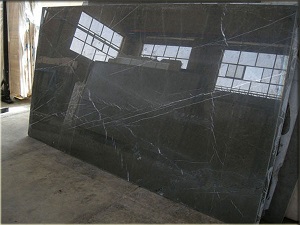洞石可以染色吗? 你需要知道什么
洞石, 以其自然的优雅和多功能性, 是地板的流行选择, 台面, 以及各种内部和外部应用. 然而, 房主和设计师共同关心的问题是: 洞石可以染色吗? 了解石灰华的染色潜力以及如何管理它对于保持石材的美丽和寿命至关重要. 在本指南中, we’ll explore whether travertine can be stained, the factors that contribute to staining, and how to prevent and address stains effectively.
Understanding the Staining Potential of Travertine
Travertine is a porous natural stone, which means it can absorb liquids and substances that come into contact with its surface. This porosity can make travertine susceptible to staining if proper precautions are not taken. Here’s what you need to know about staining travertine:
- Porosity and Absorption: The porous nature of travertine allows it to absorb various liquids, 包括水, 油类, 和酸性物质. This absorption can lead to discoloration and staining, especially if spills are not cleaned up promptly.
- 污渍的类型: Travertine can be stained by different substances. Common culprits include coffee, 葡萄酒, 油, 汁, and cleaning agents. Acidic substances, such as lemon juice and vinegar, can particularly affect travertine, causing etching and discoloration.
- Finish and Sealing: The finish of travertine—whether honed, 光, or tumbled—can influence its susceptibility to staining. Honed and tumbled finishes tend to be more porous and prone to staining compared to polished finishes. 然而, even polished travertine can still absorb liquids if not properly sealed.
HTTPS://www.rockstone.biz/what-is-travertine-tile/
How to Prevent and Manage Stains on Travertine
While travertine’s porosity can make it prone to staining, there are effective strategies to prevent and manage stains:
- 封印石头: Applying a high-quality sealer is the most effective way to protect travertine from staining. A sealant creates a protective barrier that reduces the stone’s porosity and prevents liquids from penetrating. It is recommended to reseal travertine every 6-12 月, depending on usage and exposure.
- Immediate Cleanup: Promptly clean up spills and stains to prevent them from setting into the stone. Use a soft cloth or paper towel to blot the area, avoiding rubbing which can spread the stain. For cleaning, 使用专为天然石材设计的 pH 中性清洁剂, as harsh chemicals can damage the stone and its sealant.
- 避免使用酸性清洁剂: Acidic substances, such as vinegar or lemon juice, can damage the surface of travertine and exacerbate staining. Use only neutral or stone-safe cleaners to avoid etching and discoloration.
- 定期保养: Regularly sweep or vacuum travertine surfaces to remove dirt and debris that can cause scratching. Periodically clean the stone with a mild, pH-neutral solution and ensure that any spills are dealt with promptly.
- Use Mats and Rugs: In high-traffic areas and places prone to spills, use mats or rugs to protect the travertine surface. This can help prevent stains from reaching the stone and reduce wear and tear.
How to Address Stains on Travertine
如果尽管您尽了最大努力还是出现污渍, 以下是解决这些问题的方法:
- 识别污渍: 不同的污渍需要不同的处理方法. 例如, oil-based stains may need a poultice made from baking soda or talcum powder, while organic stains may respond to hydrogen peroxide treatments.
- Use a Poultice: 对于顽固污渍, 将药膏(由吸收性材料和合适的溶剂制成的糊剂)涂抹在污渍区域. 请按照制造商的说明进行涂抹和去除.
- 咨询专业人士: 对于顽固污渍或大面积损坏, consider consulting a professional stone restoration service. They can assess the problem and provide specialized treatments to restore your travertine.
结论: Caring for Travertine to Prevent Stains
洞石, with its natural charm and durability, is a beautiful choice for various applications. While it is susceptible to staining due to its porous nature, proper care and maintenance can help prevent and manage stains effectively. 通过密封石头, cleaning spills promptly, and using appropriate cleaning products, you can preserve the elegance of travertine and ensure it remains a stunning feature in your home for years to come.

